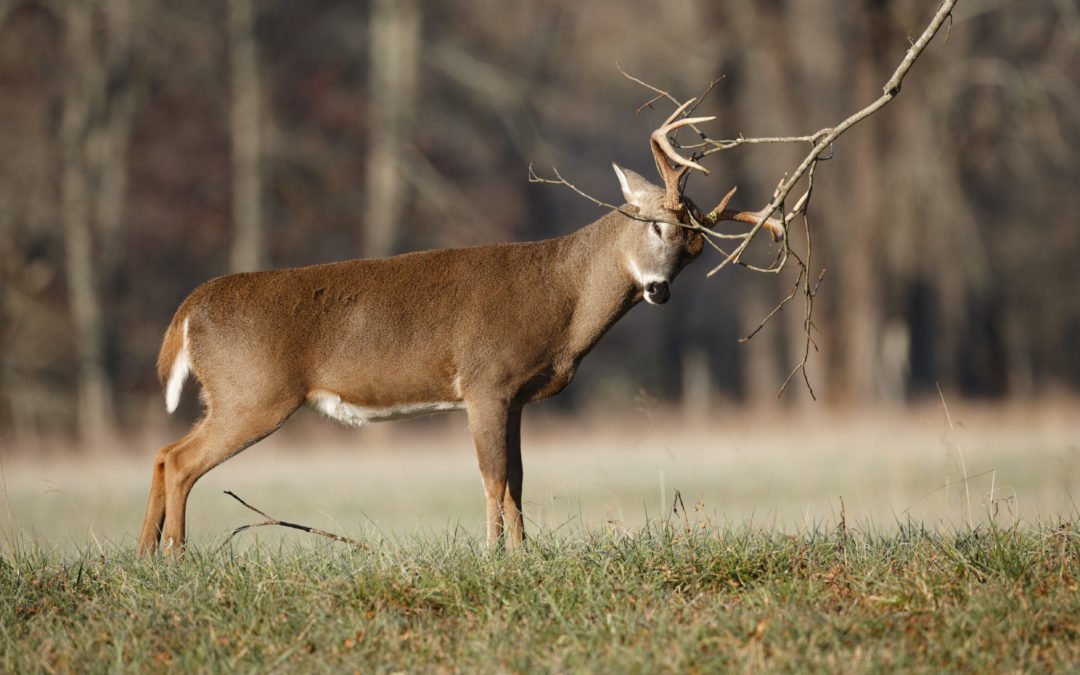As the cold weather arrives deer move less and less. Their cover has been reduced and they take fewer chances in open areas. Hunting from a stand is not as likely to be effective to say nothing of the bone chilling cold that seeps in as you move little in your tree stand. So, while tree stand hunting may be the method of choice for the rest of the season, winter hunting for whitetail deer requires that you Still Hunt.
Still Hunting matches you against the deer in a far more complex process. It is an art that requires planning and a continuous awareness of your environment and how you are moving through it. Your goal is to obtain a clear shot at an animal with excellent hearing, sensitivity to sound, and great environmental awareness. Your challenge is to outsmart your prey by being silent and invisible. Using every aspect of the environment to your advantage gives you the edge in this intricate game. Here are some tips from expert Still Hunters.
- Move with a minimum of noise – Keeping each footstep silent requires careful consideration of the surface so that each footfall is silent, and there are no branches snapping, or brush rustling. Speed is the enemy of Still Hunting. Silence and stealth are critical. Take a step, wait and look. Then step again. The slightest sound can send your unseen prey into deeper cover.
- Hunt moving into the wind – Deer have sensitive olfactory faculties, and your scent alone is enough to forewarn your prey. Be sure to wear nothing of scent that sends extra alarms to nearby deer.
- Choose the best time of day – Dawn with its deep shadows is also a likely feeding time. Use the shadows and as much cover as possible to hide your movements.
- Use the terrain to your advantage – Use ridge lines and higher locations to provide visibility of bedded deer.
- Identify likely feeding areas – Approach them into the wind from height at the first light for the best chance to locate deer at early feed.
- Use the weather – One of the greatest defensive advantages for deer is their acute hearing. Windy days provide distraction and cover for noise and allow cover for your approach. Rain provides additional noise, and snow both muffles footfalls and offers tracking options. Colder weather encourages deer to move around, while above average temperatures for the habitat discourage deer movement. Putting it all together – look for days which are cold, rainy, and windy as the best conditions to offset the deer’s hearing, sight and smell abilities.
- Hunt all day – Deer move little during the cold months and feeding times vary with some habitats more likely to feed at different times – some at dawn and dusk and some even during the middle of the day. Not only does still hunting require skill in movement and location choice, it requires the ability to endure a full day in the chill air. Careful choice of gear to enable full day hunting is important.
While the vast number of deer are taken from stand hunting, many hunters enjoy the challenge of hunting which pits the hunter against the highly developed defensive skills of whitetail deer. Plan


Recent Comments